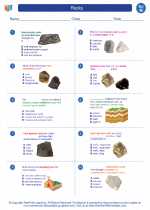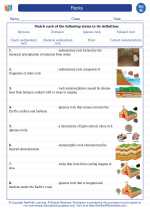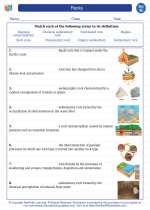Lungs
The lungs are the primary organs of the respiratory system in humans and many other animals. They are responsible for the exchange of oxygen and carbon dioxide between the air we breathe and the blood in our bodies.
Anatomy of the Lungs
The human lungs are a pair of spongy, air-filled organs located on either side of the chest (thorax). Each lung is surrounded by a protective membrane called the pleura, and the space between the lungs is occupied by the heart and other structures in the chest cavity.
The lungs are divided into lobes - the right lung has three lobes (upper, middle, and lower), while the left lung has two lobes (upper and lower). The trachea (windpipe) carries air into the lungs, where it then branches into smaller tubes called bronchi, which further divide into bronchioles that end in small air sacs called alveoli. It is within the alveoli that the exchange of gases takes place.
Function of the Lungs
The primary function of the lungs is to facilitate the exchange of gases. When we inhale, air enters the lungs and oxygen is absorbed into the bloodstream while carbon dioxide is released from the blood into the alveoli to be exhaled. This process is known as respiration and is essential for the survival of all aerobic organisms.
In addition to gas exchange, the lungs also play a role in regulating the pH of the blood, filtering small blood clots, and producing certain enzymes and hormones involved in blood pressure regulation.
Common Lung Diseases
There are several common diseases and conditions that can affect the lungs, including:
- Asthma: A chronic condition characterized by inflammation and narrowing of the airways, leading to difficulty breathing.
- Chronic Obstructive Pulmonary Disease (COPD): A group of lung diseases, including emphysema and chronic bronchitis, that cause airflow obstruction and breathing-related problems.
- Lung Cancer: A malignant tumor that starts in the cells of the lung, often linked to smoking and exposure to carcinogens.
- Pneumonia: An infection that inflames the air sacs in one or both lungs, leading to cough, fever, and difficulty breathing.
- Pulmonary Embolism: A blockage in one of the pulmonary arteries in the lungs, usually caused by a blood clot that travels to the lungs from another part of the body.
Study Guide
When studying the lungs, it's important to understand their anatomy, function, and the common diseases that can affect them. Here are some key points to focus on:
- Identify the major structures of the respiratory system, including the trachea, bronchi, bronchioles, and alveoli.
- Understand the process of respiration, including the exchange of oxygen and carbon dioxide in the lungs.
- Learn about the role of the lungs in maintaining blood pH and regulating blood pressure.
- Explore the causes, symptoms, and treatments of common lung diseases such as asthma, COPD, lung cancer, pneumonia, and pulmonary embolism.
- Consider the impact of lifestyle choices, such as smoking, on lung health and disease risk.
By mastering these key concepts, you will develop a comprehensive understanding of the lungs and their importance in the respiratory system.
[Lungs] Related Worksheets and Study Guides:
.◂Science Worksheets and Study Guides Eighth Grade. Rocks

 Worksheet/Answer key
Worksheet/Answer key
 Worksheet/Answer key
Worksheet/Answer key
 Vocabulary/Answer key
Vocabulary/Answer key
 Vocabulary/Answer key
Vocabulary/Answer key
 Vocabulary/Answer key
Vocabulary/Answer key
